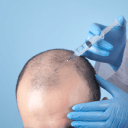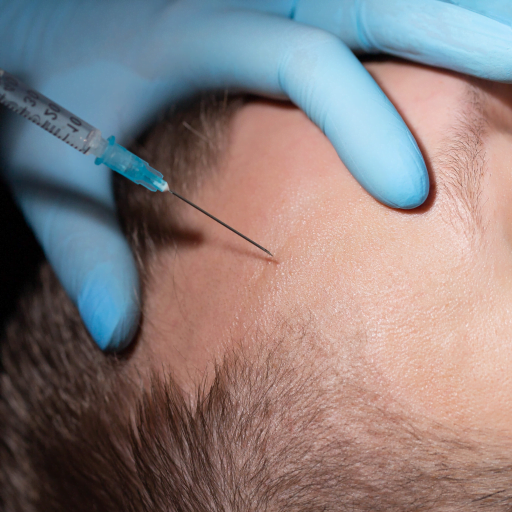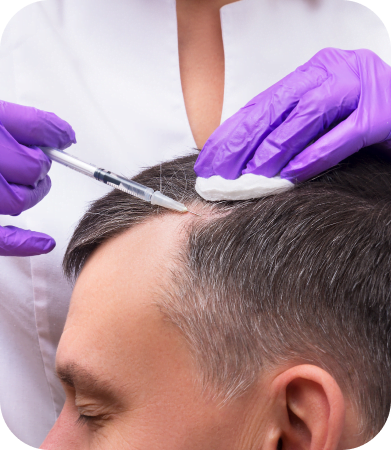PRP Hair Restoration (Platelet-Rich Plasma)
Platelet-rich plasma, or PRP hair restoration treatments involve extracting PRP from blood and injecting into hair follicles. PRP extraction uses a centrifuge-like mechanism that separates PRP from the blood and increases the concentration of specific proteins that stimulate healing.
Platelet-rich plasma (PRP) treatment is a form of regenerative medicine that supports the body’s healing properties and enhances natural growth factors the body uses to heal tissue. Research suggests that PRP injections can help treat androgenic alopecia, also known as male pattern baldness. PRP treatments can be conducted alone or used with other cosmetic procedures.
At The Hair Transplant Center – Dallas, we mostly perform PRP therapy together with FUE hair transplant surgery. We also offer stand-alone PRP treatments for hair loss.


